Many instrumentation systems involve the measurement of analog signals in which noise can be a prominent component. Analog instrumentation signals are commonly used for control purposes in most instrumentation facilities.
These analog signals are very susceptible to various forms of noise which if not checked could corrupt the signals being transmitted for control purposes. The obvious result would be poorly controlled and dangerous systems with very low signal integrity that could potentially be hazardous.
What is Noise?
Noise or interference can be defined as undesirable electrical signals that distort or interfere with an original (or desired) analog signal.
Noise can arise from such sources as currents and voltages in power cables adjacent to the instrument signal cables, lightning and other electrical surges or transients, cross talk from other nearby cables and radio frequency interference. These forms of noise are referred to as external noise
There is also internal noise. They come mainly from thermal noise and imperfections in the electrical design. However the most problematic noise for instrumentation systems is external noise
Sources of Noise
Common sources of noise in most analog instrumentation signals are:
- Capacitive coupling
- Inductive coupling
- Ground Loops noise
- Impedance Coupling (or Conductance Coupling)
Measuring analog signals within a system is not always as simple as wiring the signal source leads to the measurement equipment. Signal integrity is dependent on clean electrical/electronic signals being sent to and received from the electrical devices being controlled and monitored.
Electrical noise can obscure these signals and make them unrecognizable, impairing an otherwise fine control system. In this article, we are going to focus on coupled noise – noise from external sources that can affect the measurement signals in your system.
Types of Noise Coupling
Common Mode Noise:
Electrical interference on the two signal lines that causes both lines to change the voltage of both signals relative to ground.
Normal Mode Noise:
Electrically interference on one of the two signal lines that causes change in the voltage referenced between the two signals. This is similar to common mode noise except for only one of the signals is affected.
Coupled Noise Sources
Electrostatic Noise:
A voltage will be induced in a conductor when exposed to a time varying electrical field. This is also commonly referred to as capacitively coupled noise.
The following sources of electrostatic noise are commonly when dealing with systems:
- Variable frequency drive (VFD) motor cables
- Switch mode power supply conductors
- Fluorescent lights
- Squealing bearings
Electromagnetic Noise:
A current will be induced in a conductor when exposed to a time varying magnetic field. This is commonly referred to as inductively coupled noise.
The following are common sources of electromagnetic noise:
- VFD motor cables
- AC power cables
- Substation power cables
- Switch mode power supply conductors
- Solenoid power contactors
- Ground loops
Tips for Reducing Noise
1. Shielded Cables
Proper use of shielded cables will help minimize common mode electrostatic noise. Theoretically, when a shield surrounds a signal wire(s), the signal wire will capacitively couple to the shield but cannot capacitively couple to any conductors outside the shield.
Now, this works both ways and can be used to keep electrostatic noise out of the conductors within a shield cable but can also be used to keep electrostatic noise contained within the shield.
When using shielded cables, one must ensure that shield is properly terminated. Typically, only one end of a shied is terminated, and is terminated at the zero-signal reference potential (common) for the signals contained within a shield.
In special circumstances shields may be terminated at both ends but care must be taken that there is no difference in potential between either ends of the shield, because if there is, a ground loop will be induced.
2. Twisted Pair Cables
The use of twisted pair cables will help to eliminated normal mode noise as each of the conductors in the pair is equally exposed to any sources of electrostatic and/or electromagnetic noise.
Twisted pair cables also help to minimize the magnetic field created by the current in the conductors. Each conductor in a pair carries the same current, except in opposite directions; therefore the magnetic fields for the conductors cancel each other out.
3. Signal Isolation
Some systems require multiple ground planes either due to the physical size of the system or in order to isolate noisy devices from the system. It is important to ensure that the signal wiring does not create a return path between two ground planes of different potentials relative to earth ground, creating what is known as a ground loop.
Isolation needs to be provided for any device that has the potential to create a ground loop. Control systems (DCS/PLC) modules can be purchased that have on-board isolation or an external device can be used.
Care must be taken to ensure that the device can handle the potential difference between the two ground planes, and that the isolator has sufficient bandwidth when isolating analog signals.
4. Differential Measurements
Typically, it is best to design a system using differential measurements wherever possible. Differential measurements will help to eliminate any common mode noise and will take full advantage of twisted pair cabling.
Theoretically, a differential measurement will eliminate any common mode noise disturbances, but in real applications, that is not quite the case. The common-mode rejection ratio (CMRR) of a differential amplifier can be used to determine how much error is introduced by common-mode voltages and will vary based on the frequency.
The higher the CMRR the better, with an ideal amplifier having an infinite CMRR. Typical instrumentation amplifiers have a CMRR from 70 dB to 120 dB at 60 Hz.
When dealing with high speed differential digital signals (i.e. RS-485, Ethernet, etc.), it is important to select cable with the proper impedance so that the signal is transmitted with maximum power. Cable with incorrect impedance will cause the square wave shoulders to round off and increase the probability of errors in the transmission.
5. Grounding
Proper grounding and ground bonding in the design and installation phases is essential for reducing unwanted noise issues in the DAQ system. Establishing a ground plane can help reduce noise and ensure that all circuits within a system have the same reference potential for comparing different signals and voltages.
This ground plane appears to most signals as an infinite ground potential where every point on its surface is at the same potential for all frequencies.
All grounding is designed to establish a low-impedance ground-fault return path to the power source, which is necessary for actuating the overcurrent protection device.
To accomplish grounding of all components, the cables and accessories used to acquire data are effectively bonded to the ground plane, which is then bonded to the system earth ground in order to provide a return path for any ground faults. This also provides a zero potential reference to minimize electrical noise from high frequency RF sources.
6. Wire Routing
Wire routing must be considered in order to keep high voltage power and motor wiring noise from affecting low voltage I/O and signal wiring. Segregating signal wires from AC and “dirty” power (such as that from a variable frequency drive or servo drive) is essential for good signal integrity.
This can be accomplished by separating low voltage from high voltage wires through free air, using separate conduits or cabletray dividers, steel divider panels and special ducts specifically designed for this purpose. Parallel and overlapping runs of mixed category wiring should be minimized, and cables should be crossed at right angles.
7. Anti-Aliasing Filters
When determining the sample rate for a control system, the sample rate must be at least twice that of the maximum frequency of interest per the Nyquist sampling theorem.
In order to prevent aliasing, one must ensure that there the signal does not contain any frequencies above half the sample rate. Anti-aliasing filters can be implemented either in software using oversampling or on the front end of the control system modules.
Not only will anti-aliasing filters reduce the possibility of aliasing but they will also remove noise at frequencies above the ant-aliasing filter cutoff frequency.
8. Special Considerations
There are many additional considerations that experienced consultants and vendors can help identify. Sensors and other electrical components often have special instructions that must be adhered to.
One example we see frequently is that AC drives require special consideration for grounding and shielding of associated cables to effectively reduce noise generated by the drive. The motor cable should be shielded and ground wires grounded at both the drive ground terminals as well as the motor terminal box.
Motor cables for motors larger than 30 kW (40 hp) require symmetrically constructed grounding conductors in the cable for optimal electrical performance. Motor cable shielding should also be grounded at both the motor and drive ends using the 360 degree shielding method.
A good vendor should be able to help identify these considerations during the purchasing process, but attention should be paid to the documentation that comes with the parts.
Every system is different, so a more in-depth study into each noise problem for your specific application may be required in order to effectively reduce or eliminate a noise issue.

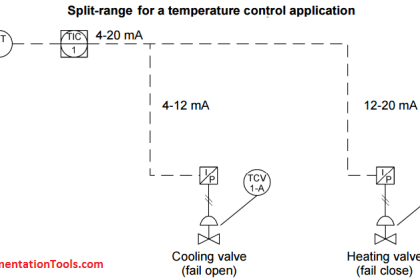
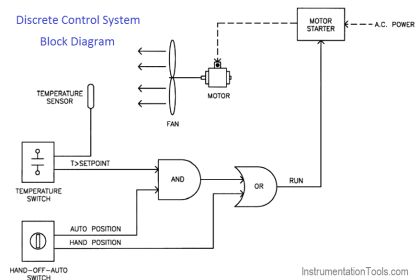
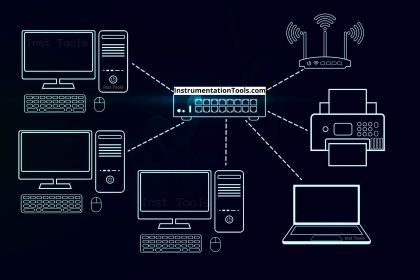



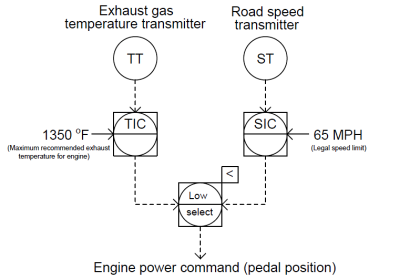

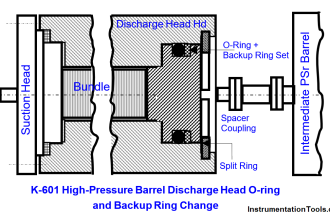
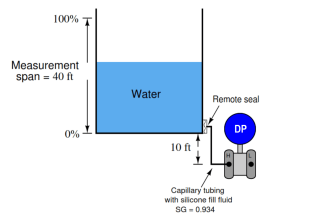
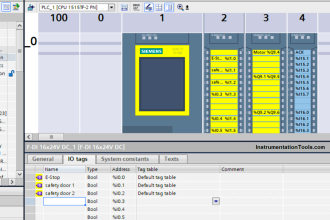


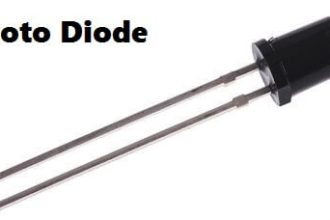


In one of my application..
Allen bradley compactlogix is installed with 6 RTD modules & some AIAO
It is observed that…once in a day all Rtd values diappears (zero)for 10 minutes & again shows ..is it because of noise?
It may be a Noise related issue also.
Can you help if there Is available in market – a digital instrument which can display pressure inside a Cylinder. Like CO2, Acetylene, Oxygen,Nitrogen, Fire Extinguisher Stored pressure type, for Inspectors.